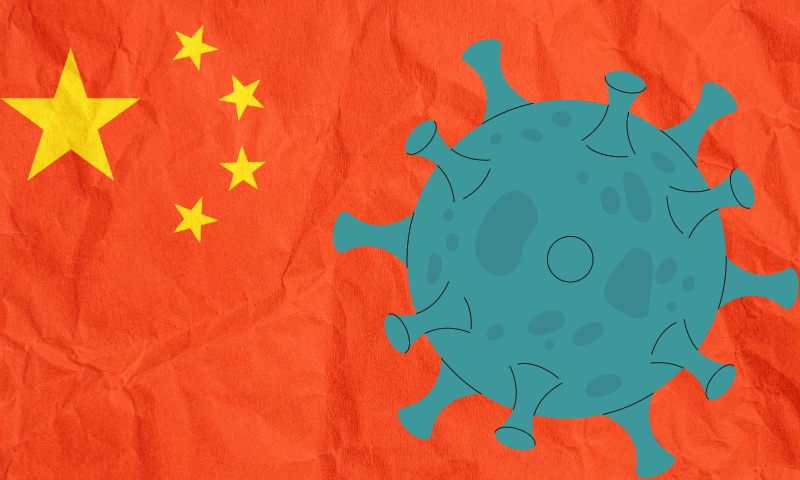Andrew J. Nathan
WSJ, Dec. 2, 2022
“… authoritarian hubris has trapped him between an exhausted populace and a relentless pathogen. China lacks an effective vaccine of its own, but importing foreign mRNA vaccines would impose a damaging loss of face.”
In April 1989, a peaceful protest by several hundred university students in front of the Great Hall of the People in Beijing’s Tiananmen Square swelled over the course of four and a half weeks into massive demonstrations. Students, workers, and government and party officials took part, and similar protests broke out in over three hundred other cities across China.
Last week’s anti-Covid protests, by contrast, are now petering out, after a few heady days of defiance. Despite the country’s deep-seated and widespread public outrage at three years of rigid Covid restrictions, Xi Jinping has China under much tighter control than his predecessors did three decades ago.
The 1989 demonstrations swelled to crisis size because of a split in the Chinese Communist Party leadership. The General Secretary, Zhao Ziyang, believed that the students were patriotic and their reform demands were reasonable. He wanted to reason with them, offer reforms and disperse the demonstrators peacefully. The premier, Li Peng, argued that any such opening would spell the end of the regime, as one social group after another would start making demands on the ruling party. The other top leaders split between Zhao and Li.
As the authorities debated and no crackdown came, citizens sensed a rare opportunity to voice their resentments over inflation, corruption and the stagnation of economic and political reform, and they poured into the streets in a short-lived carnival of freedom. The crisis ended only when senior leader Deng Xiaoping came out of retirement to order a military crackdown, which killed at least hundreds of people in Beijing—the total number remains unknown to this day—and many others around the country. …SOURCE


